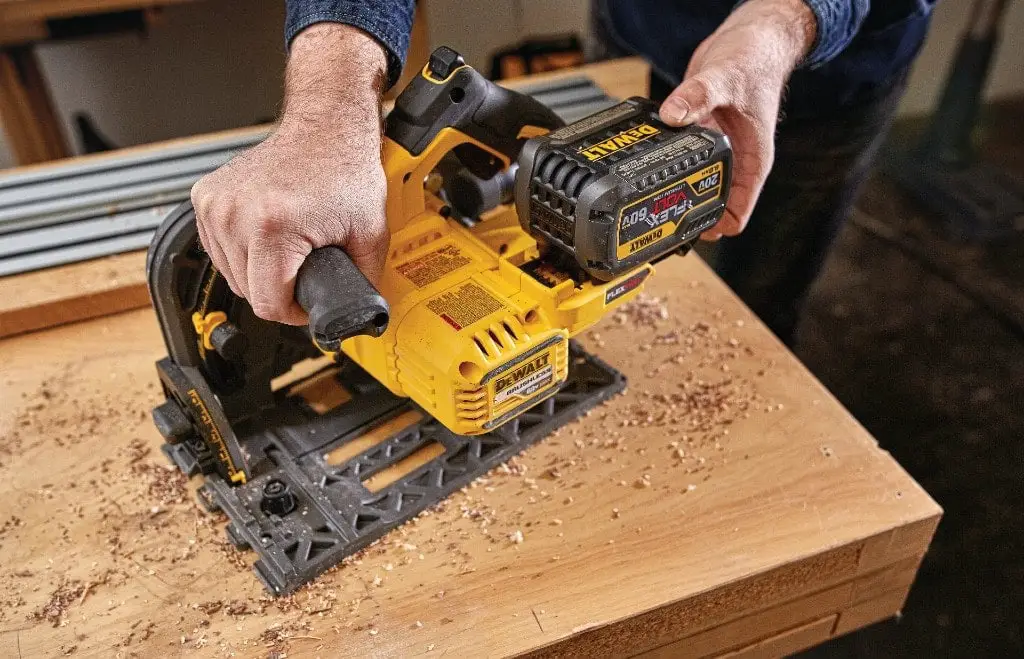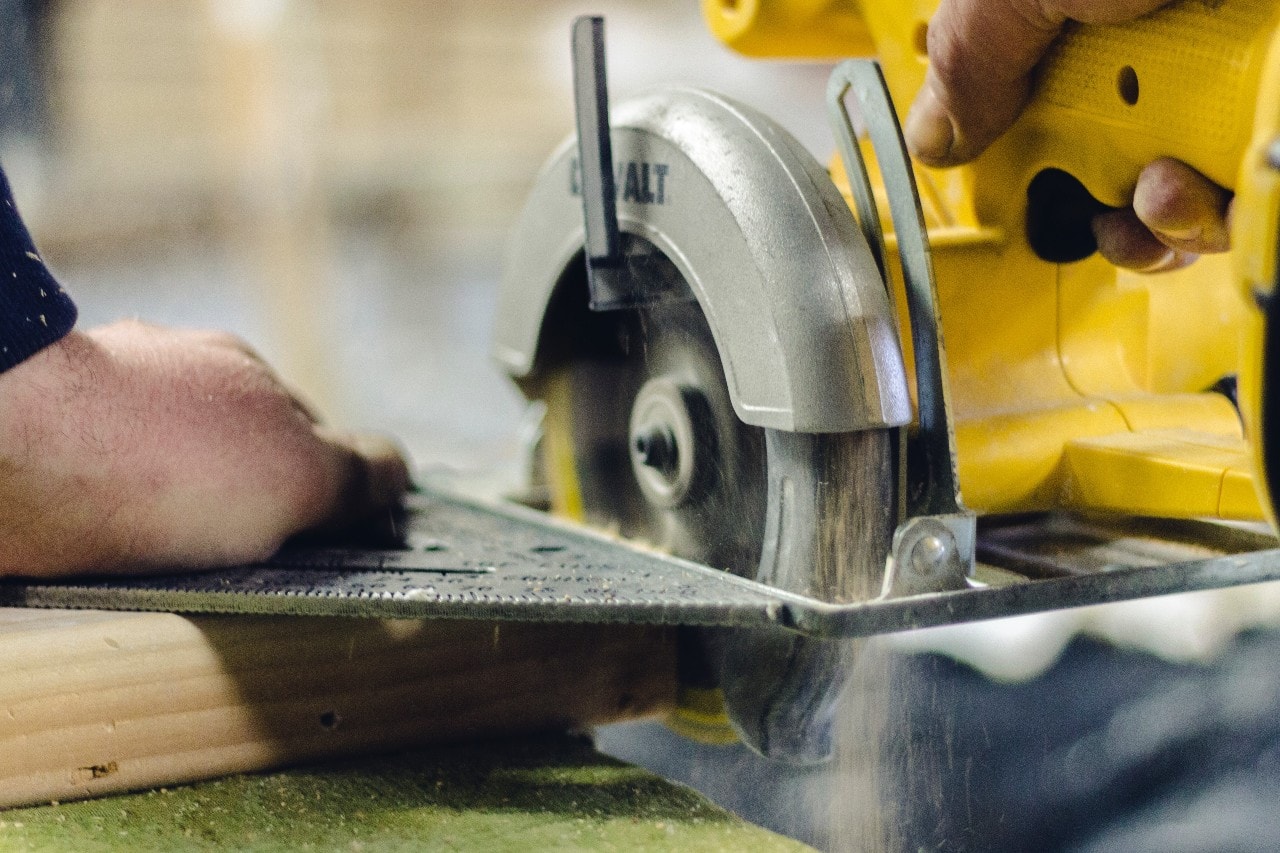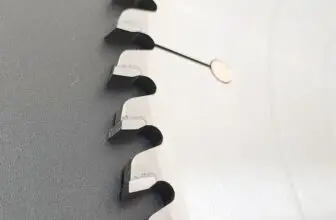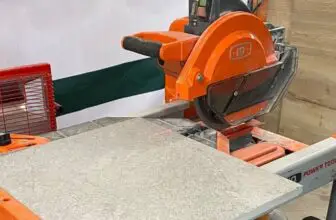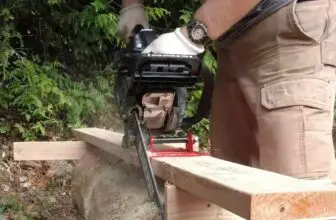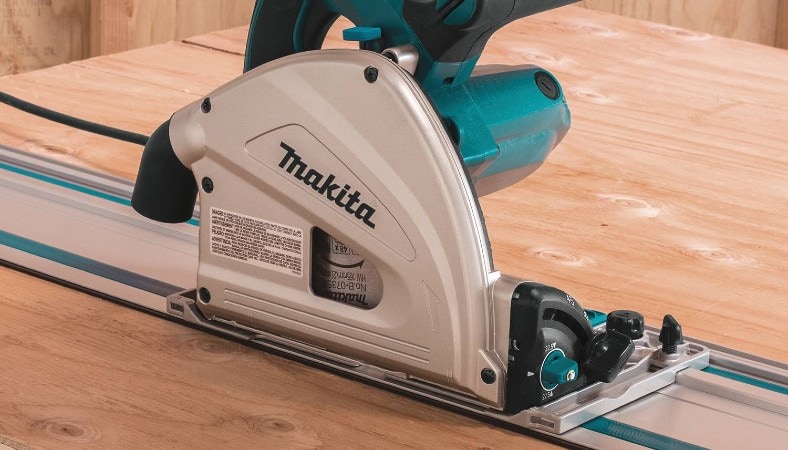
If you are keen on doing woodwork, then you must know that your track saw is the tool that makes magic happen. While many people wield the tool daily, very few actually know how to use a track saw efficiently. Believe me or not, the quality of your woodwork is rather dependent on how the tool is utilized, including the blade size, processed material, and other adjustments.
1. Ensure that your track saw is equipped with the right blade for the material you’re cutting.
2. Place the blade on the track and align it with the cut line.
3. Apply pressure to the saw handle and slowly guide the blade along the track.
4. Keep the blade perpendicular to the track at all times to ensure a clean, straight cut.
Because track saws are as demanding as they are simple in use, let me spare you the time looking for a manual. Let’s get it started!
User’s Handbook: How to Use
Contents
To avoid confusion with, for instance, a cross-cut saw, let’s define the tool before grabbing it and starting to cut things.
What is a track saw?
A track saw is a portable tool for cutting and processing that both professional and amateur handymen use for woodworking. Although the tool is not stationary, it has a guide fixed to the bottom, which facilitates cutting smoothly and complies with the safety standard addressing blade-contact injuries prevention.
How to use it?
When you have already found a tool that feels just right, here are a couple of tips on using a track saw for good-quality woodworking.
Step 1: Pick the right material
Regardless of what your neighbor says, the tool, also known as a plunge saw, is meant only for dealing with wood and its derivatives. Plywood, trim, and timber are the best and safest materials you can process, whereas ceramics or metals can cause sufficient damage.
Step 2: Select a cutting blade
Remember that the more teeth a blade has, the rougher the cut is. If you are dealing with softer wood kinds and you need precision, equip a 14-tooth blade, whereas 40 and more teeth will provide more robust yet less accurate cuts. Also, keep in mind that the kerf should also be of appropriate thickness to prevent chipping.
Step 3: Adjust cutting depth
Interestingly, the thicker a workpiece is, the more accurate the cuts are. Avoid cutting plywood if it has less than ⅛ of an inch in depth since it can damage the wood.
Step 4: Make sure the cutting path is clear of any obstacles
It’s dangerous to have any objects within the working area because the tool may slip and damage them. When your tool is accelerated, it cuts smoothly on the track saw parallel guide, which fixes the tool to the table. So you wouldn’t want to have anything on its way to avoid any damages.
Step 5: Let your blade reach the desired speed
Starting the tool and plunging right into the cutting process is not the best idea. It’s better to allow the rail saw to adjust to the speed and grind through wood accurately. This will prevent denting, scuffing, and splintering.
FAQ
Do you still have any questions about operating the tool and safe use of woodworking machinery? Take a look here!
How does track saw work?
The blade is powered by electricity, producing lightning-fast revolutions, which cuts soft and hardwood, gliding on its in-built rail.
How to change the blade on a track saw?
Unplug the tool and elevate the lever. Apply force upwards and use a wrench to detach the arbor. Remove the old blade and place a new one.
How to attach a track saw to wood?
Use a special track saw cutting table to ensure safety. Place a workpiece on the edge of the table and cover it with the guide. Cut slowly until the blade is 2-3 inches deep into the wood.
Cutting Is Easy if You Do It Right
As you can see, there are some things to consider when using a track saw. Make sure to follow the guide to turn your woodworking into a hobby, not a duty. What do you use your tool for? What’s your favorite brand? Tell me more below!

